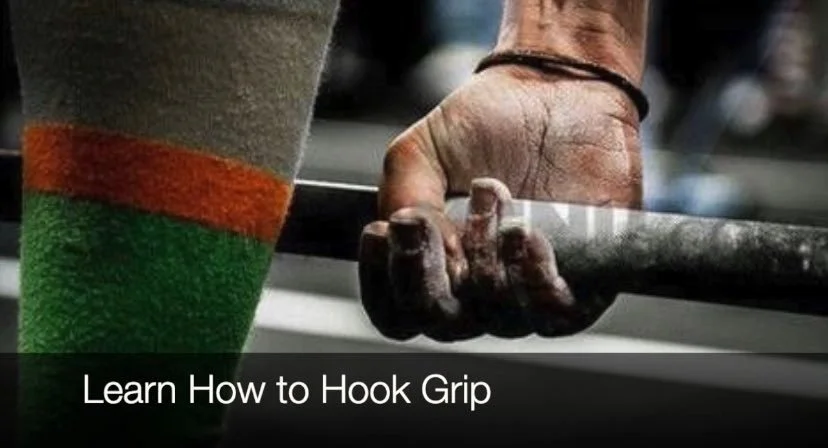↓Listen to it ↓
In Olympic weightlifting, speed is essential—we're constantly trying to produce as much force as possible in the shortest amount of time. But what often gets overlooked in the pursuit of speed is control. Without positional control, speed becomes a liability.
This is where tempo work comes in.
The Purpose of Tempo
Tempo work forces you to slow down and feel your positions. It’s one of the most effective ways to develop positional strength and body awareness. Two foundational components of Olympic lifting.
When lifters move too quickly without control, small imbalances can go unnoticed... until the explosion phase. That’s when these minor issues become major problems. An unstable foot, a poorly timed transition, or a misaligned torso will get amplified under heavy loads and fast velocities.
Using Tempo to Build Control
By lifting with a set tempo, such as a three-second concentric or a 2 second pause on the catch of a Power Snatch four-second pause—you train your body to sense where it is in space. You can feel when you're balanced through the middle of your foot. You can identify whether your torso, shoulders and arms are in the right position. You eliminate guesswork and shape your environment to make it as easy as possible to reinforce precision.
The Metronome: Your Accountability Partner
One of the most common mistakes lifters make with tempo work is rushing through it or being inconsistent. A classic example is during eccentric squats—where you’re supposed to control the descent—but instead, you stay slow for the first part and then dive-bomb the last quarter, losing all tension. Another example is accelerating the pull as the weight gets heavier, unintentionally changing the tempo to compensate for the increased load. .
That’s where a metronome comes in. It keeps you honest.
Using a metronome, and syncing your movement with it, ensures you stick to a true tempo. Whether it’s 3, 2, or 4 seconds. Set it to 60 beats per minute (one beat per second) and follow it precisely. You’ll quickly realize just how slow controlled movement really is. That’s the point.
Fun fact: A metronome isn’t just for Olympic lifts. It’s a powerful tool for any lift, helping you sharpen your sense of balance and refine body position through the entire range of motion. Use it to control different parts of the lift. For example the bottom position of the Bench press.
It’s no coincidence that musicians use metronomes too. Playing complex rhythms demands technical precision—and slowing things down gives them the space to master it. The same is true for lifting.
Slow is smooth. Smooth is fast. Train with intention. Tempo work is how you build both precision and power.
The Big Picture
Olympic lifting isn’t just about power, it’s about precision under pressure. It’s the ability to stay calm, composed, and balanced, especially during the explosion phase. Mastery comes not just from speed, but from control.
Tempo work helps you develop these qualities. By deliberately slowing down your lifts, you train positional strength, body awareness, and technical consistency. This creates a foundation you can build on. Over time you should be looking to add speed and load without sacrificing technique.
So don’t just lift fast. Lift smart. Incorporate tempo work into your training, use a metronome to stay honest, and hold yourself to a high standard of movement quality. The results will speak for themselves.


